Introduction
Artificial Intelligence (AI) is revolutionizing numerous industries, from healthcare to finance, by offering powerful capabilities to automate tasks, analyze vast amounts of data, and make intelligent decisions. However, understanding how to leverage AI can be daunting for beginners. In this beginner’s guide, we will demystify the world of AI and provide you with a clear understanding of how to use AI effectively. Whether you are a business owner, a student, or simply curious about AI, this article will equip you with the knowledge and practical tips to harness the power of AI in your endeavours.
Understanding AI and its Applications
AI refers to the development of computer systems that can perform tasks that typically require human intelligence. These tasks include understanding natural language, recognizing patterns, making predictions, and learning from experience. AI finds applications in various fields, such as:
- Virtual assistants: AI-powered virtual assistants like Siri, Google Assistant, and Alexa can understand voice commands and perform tasks like setting reminders, answering questions, and controlling smart devices.
- Image and speech recognition: AI algorithms can analyze images and videos to identify objects, faces, and emotions. Speech recognition enables voice commands and transcription services.
- Recommendation systems: AI algorithms analyze user behavior and preferences to make personalized recommendations for products, movies, or music.
- Healthcare diagnostics: AI can assist in diagnosing diseases by analyzing medical images, patient data, and symptoms, helping healthcare professionals make accurate decisions.
Choosing the Right AI Approach
There are different approaches to implementing AI, and selecting the right approach depends on your specific needs and resources. The main AI approaches are:
- Machine Learning (ML): ML algorithms enable computers to learn from data and make predictions or decisions without being explicitly programmed. ML requires large datasets and a training phase to create accurate models.
- Deep Learning (DL): DL is a subset of ML that focuses on neural networks with multiple layers. DL excels in tasks like image and speech recognition, natural language processing, and recommendation systems.
- Natural Language Processing (NLP): NLP enables computers to understand and process human language, allowing tasks like sentiment analysis, language translation, and chatbots.
Collecting and Preparing Data
Data is the fuel that powers AI algorithms. To use AI effectively, you need to collect and prepare relevant data. Consider the following steps:
- Identify data sources: Determine where your data will come from. It could be customer data, sensor data, social media feeds, or public datasets.
- Data cleaning: Ensure that your data is accurate, complete, and free from errors. Remove duplicates, handle missing values, and address outliers to ensure high-quality data.
- Data labeling: If you’re using supervised learning, where the AI model needs labeled examples, you’ll need to manually label a subset of your data to train the model.
- Data privacy and ethics: Be mindful of data privacy regulations and ethical considerations. Anonymize or encrypt sensitive data and respect user privacy.
Training and Deploying AI Model
Once you have your data prepared, you can train AI models using the chosen approach. The general steps include:
- Model selection: Choose the appropriate ML or DL model for your task. Popular frameworks like TensorFlow and PyTorch offer pre-trained models for common tasks.
- Model training: Train the model using your labelled data. This involves feeding the data through the model, adjusting its parameters, and optimizing its performance.
- Evaluation and refinement: Assess the model’s performance using evaluation metrics and validation data. Refine the model by tweaking hyperparameters or collecting more data if needed.
- Deployment: Deploy the trained model into a production environment where it can be used to process real-time data. This may involve integrating the model into existing software systems or creating new applications.
Continuously Improving AI Models
AI models are not static; they can be continuously improved to enhance performance. Consider the following strategies:
- Transfer learning: Utilize pre-trained models and fine-tune them on your specific data to save time and resources.
- Feedback loop: Incorporate user feedback and real-world data to refine and update your models over time.
- Monitoring and maintenance: Regularly monitor the performance of your deployed models and address any issues that arise. Keep models up to date with new data and evolving user needs.
Conclusion
AI offers tremendous potential to transform industries and improve efficiency and decision-making. By understanding the basics of AI, choosing the right approach, collecting and preparing data, training and deploying models, and continuously improving them, you can harness the power of AI in your endeavours. Remember, AI is an ever-evolving field, and staying updated with the latest advancements and best practices is crucial for success. Embrace the possibilities of AI and embark on a journey of innovation and automation.
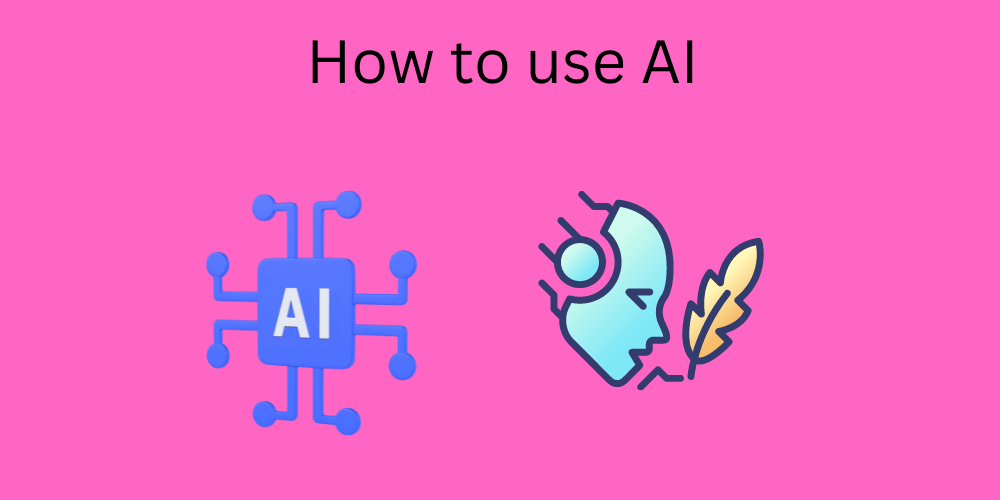










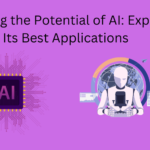

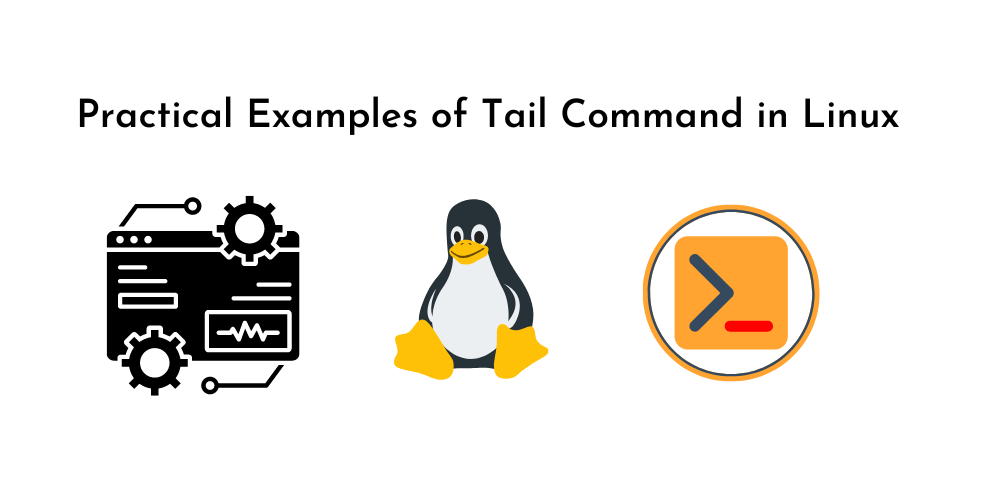
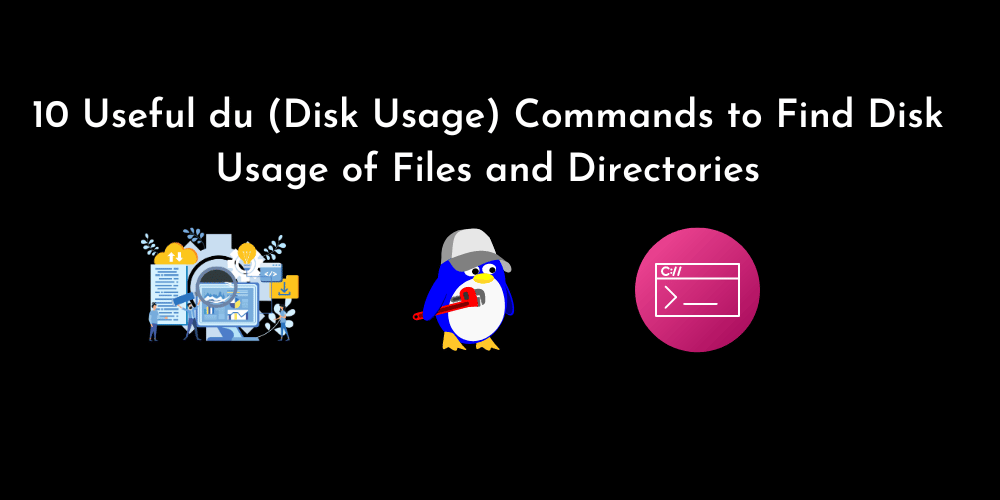
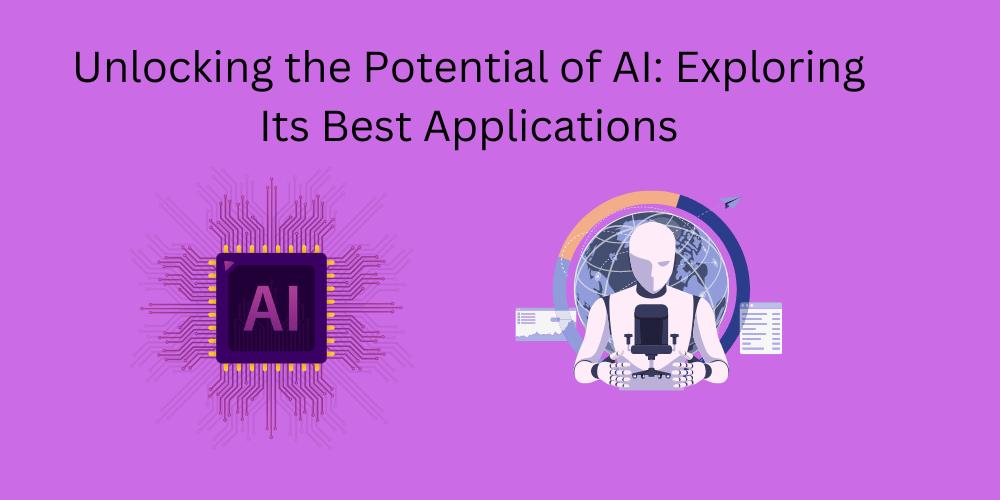
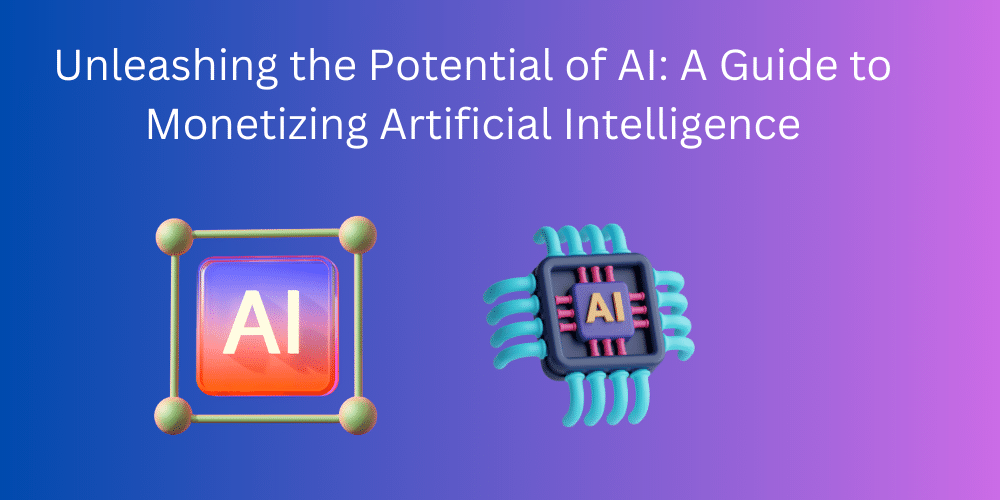



No Comments
Leave a comment Cancel